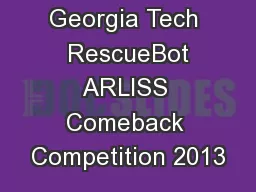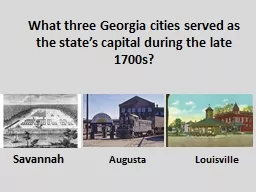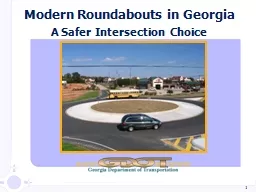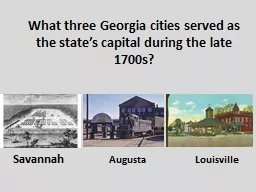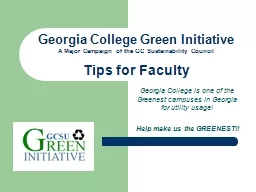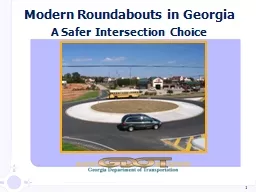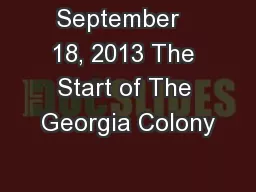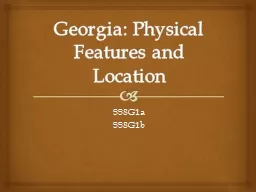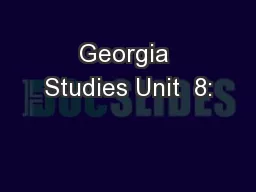PPT-Georgia Tech RescueBot ARLISS Comeback Competition 2013
Author : stefany-barnette | Published Date : 2018-03-19
ARLISS Competition 2012 See website for videos Agenda Contest overview and rules Previous projects This years international project General Stuff Mid September in
Presentation Embed Code
Download Presentation
Download Presentation The PPT/PDF document "Georgia Tech RescueBot ARLISS Comeback ..." is the property of its rightful owner. Permission is granted to download and print the materials on this website for personal, non-commercial use only, and to display it on your personal computer provided you do not modify the materials and that you retain all copyright notices contained in the materials. By downloading content from our website, you accept the terms of this agreement.
Georgia Tech RescueBot ARLISS Comeback Competition 2013: Transcript
Download Rules Of Document
"Georgia Tech RescueBot ARLISS Comeback Competition 2013"The content belongs to its owner. You may download and print it for personal use, without modification, and keep all copyright notices. By downloading, you agree to these terms.
Related Documents

